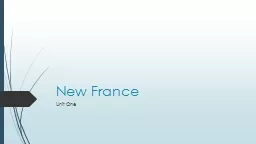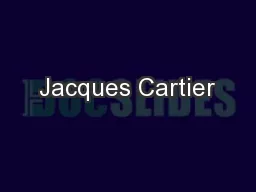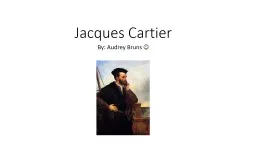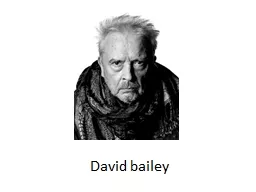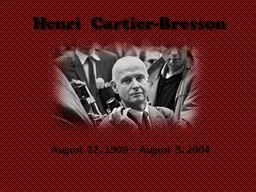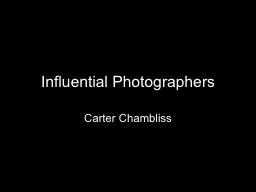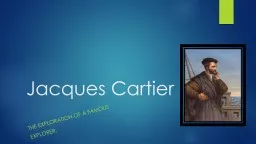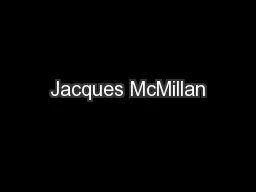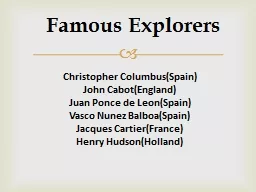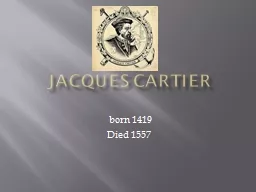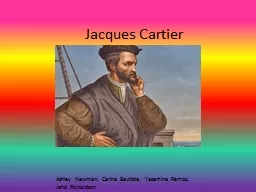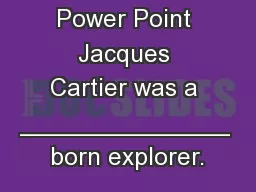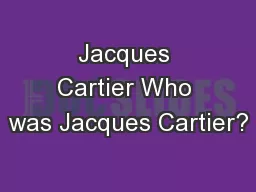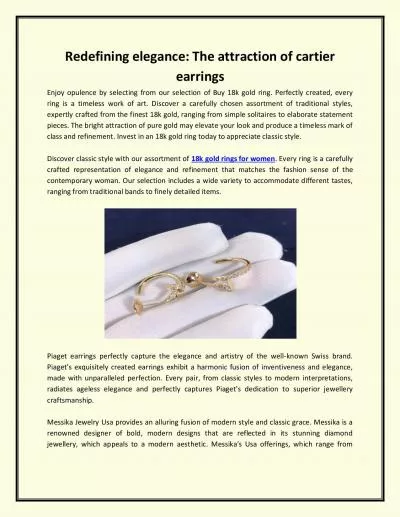PPT-New France Unit One Jacques Cartier
Author : relylancome | Published Date : 2020-07-01
In 1534 The king of France ordered Cartier to explore the new land to look for two things A shipping route to the Orient to allow the French traders to import
Presentation Embed Code
Download Presentation
Download Presentation The PPT/PDF document "New France Unit One Jacques Cartier" is the property of its rightful owner. Permission is granted to download and print the materials on this website for personal, non-commercial use only, and to display it on your personal computer provided you do not modify the materials and that you retain all copyright notices contained in the materials. By downloading content from our website, you accept the terms of this agreement.
New France Unit One Jacques Cartier: Transcript
Download Rules Of Document
"New France Unit One Jacques Cartier"The content belongs to its owner. You may download and print it for personal use, without modification, and keep all copyright notices. By downloading, you agree to these terms.
Related Documents

